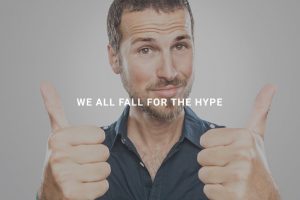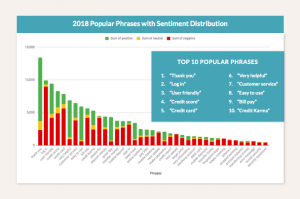“When you were presenting at the Summit in January, I was concerned. I thought I detected the early onset of Parkinson’s in your right hand. When you have it — you get an eye for it. The last two times I have seen you present — totally different — I see robust health. That added a lot of weight to your message. Thanks again!”
I received this note after one of our recent virtual programs. I had noticed what he noticed back in January. Not the right hand specifically. But rather, I saw someone who was inflamed, exhausted and a few pounds north of his target weight
I knew I didn’t look healthy.
Shortly after that, we were all grounded by the pandemic, which created urgent challenges in my business. It also created an opportunity for me to turn things around with my health. I made a conscious choice to focus on my wellness, taking advantage of my time at home to rest, rethink my habits, and commit to making better choices in support of my well-being.
Keeping that commitment through the isolation of the pandemic hasn’t always been easy for me. I am not alone. The data is still coming together, but early reports suggest the pandemic has been making Americans more sedentary than ever — and the effects may be long-lasting.
A preliminary, preprint study posted May 12 on the research publication platform Cambridge Open Engage found that Americans are exercising less than usual during the pandemic, and they’re sitting and looking at screens more. In a sample of about 3,000 U.S. adults, people who were meeting exercise guidelines before the pandemic reported an average 32% reduction in physical activity once social-distancing measures went into effect. Those who were sedentary before tended to stay that way.
When my health club closed and workout classes were no longer an option, I hired a personal trainer. With his guidance, I started to feel better within a few months.
Then, I hit a plateau.
To level up, I knew I would need to develop a more specific plan — and collect more detailed information — about my health and performance.
Now am I tracking all of my daily food intake and fitness activity in the app LoseIt. I measure my rest, recovery, and key performance metrics with a Whoop Strap. There’s good research to support this approach psychologically: People who track their food intake lose twice the weight as those who don’t. I’m also able to use this data to maximize my work and recovery routine each day for faster results.
Have I lost my mind? Maybe! But I’ve also gained control over something that is going to remain at the top of my priorities — my health and wellness — by tracking these personal KPI examples.
We’ve also doubled down on the data we track to drive our business performance. Our KPI dashboard provides year-over-year performance metrics at a glance. For example, our marketing agency monitors the churn of our email subscribers, which blog posts draw the most traffic and engagement, and what search terms bring people to our site. We use that data as leading indicators of our performance, as well as an opportunity to get closer to you, our customers, by making sure we’re creating the content you need to address your challenges and reach your goals.
How are you using the data you collect in your business? Here are three of my favorite KPI examples:
Qualified Inbound Leads
Does your business solely rely on outbound sales methods? While that’s still important for driving sales, you can glean a lot about your brand’s health by measuring the quality and quantity of the people who come to you. A prospect that approaches you is pure gold, so understanding this KPI is imperative if you want to ensure that you are investing the time, energy and investment you need in these channels.
Sales Cycle Length
Your sales cycle length is calculated based on the amount of time from your first touch with a prospect to closing the deal, averaged across all won deals. Even before the pandemic, three-quarters of B2B sales to new customers took at least four months to close, with almost half taking seven months or more, according to research by CSO Insights.
In the 2020 economy, many of us can only dream of numbers like that.
Still, this is an essential measure of the efficiency of your sales process, which is why I chose it as one of my favorite KPI examples. Are you creating a sense of urgency in your communications with prospective customers? Are you coming to meetings prepared with the information you need to overcome their objections? Are you committed to moving the conversation to a clear decision? It’s easy to blame the tough economy for stalled deals, but as business and sales leaders, we still have plenty of power to influence the length of the sales cycle.
Customer Evangelism
How well are you serving the customers you already have?
The Net Promoter Score is a classic way to measure and track how happy your customers are. The methodology is simple, and it’s both easy for the customers to respond and for you to analyze. Your NPS is a measurement of how likely customers are to recommend your product/service to someone else. The one-question survey asks participants to rank the likelihood of a recommendation on a scale of 0-10. The numerical ranking is divided into three categories: Promoters (9-10), Passives (7-8), and Detractors (0-6).
Since it was first created two decades ago, NPS has drawn its share of criticism and inspired alternatives, but it’s still the optimal choice for many businesses.
These are just a few good KPI examples. Find the ones that work for your business and stick with them. The main benefit comes from the actions you take in response to what you measure.
Business & Finance Articles on Business 2 Community
(17)
Report Post





